Description
Thunbergia creeper plant – pack of 3
The Thunbergia creeper, also known as Black-Eyed Susan Vine or Clock Vine, is a beautiful flowering climber admired for its vibrant blooms in shades of yellow, orange, blue, or red. Belonging to the Acanthaceae family, this plant is native to tropical regions of Africa and Asia. Ideal for outdoor spaces, Thunbergia thrives in sunny to partially shaded spots and is perfect for decorating fences, pergolas, trellises, or balconies. It grows quickly, covering structures with lush green foliage and abundant flowers. This creeper is loved for its long blooming season, ability to attract butterflies and pollinators, and low-maintenance nature, making it a perfect choice for ornamental landscaping and garden beautification.
Thunbergia Creeper Plants
- Thunbergia mysorensis (Mysore Clock Vine): A spectacular tropical climber with yellow and maroon pendulous flowers, perfect for pergolas and trellises, adding charm to gardens.
- Thunbergia grandiflora (Bengal Clock Vine): A fast-growing vine featuring large sky-blue blooms, ideal for covering fences and walls, and attracting butterflies year-round.
- Thunbergia coccinea (Scarlet Clock Vine): A vibrant creeper with cascading clusters of red-orange flowers, bringing a bold tropical touch and luring hummingbirds to your garden.
Plantation, Growing & Care Tips for Thunbergia Creeper Plant
Plantation:
-
Choose a sunny to partially shaded spot with well-drained, fertile soil.
-
Plant during spring or early monsoon for faster establishment.
-
Provide strong support like a trellis, fence, or pergola for climbing.
2. Growing Conditions:
-
Prefers warm, tropical to subtropical climates.
-
Water regularly to keep the soil slightly moist but avoid waterlogging.
-
Feed with a balanced liquid fertilizer every 3–4 weeks during the flowering season.
3. Care Tips:
-
Prune regularly to control growth and encourage more blooms.
-
Mulch around the base to retain moisture and prevent weed growth.
-
Watch for pests like aphids or whiteflies; treat with organic insecticides.
-
In cold regions, grow in pots and move indoors during winter to protect from frost.





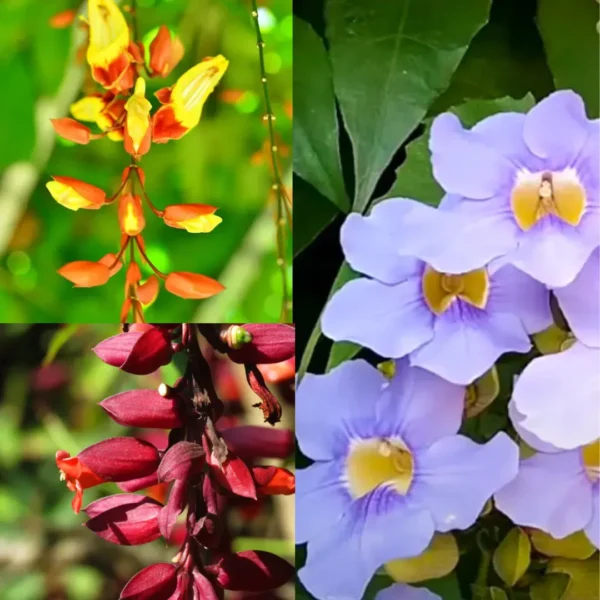
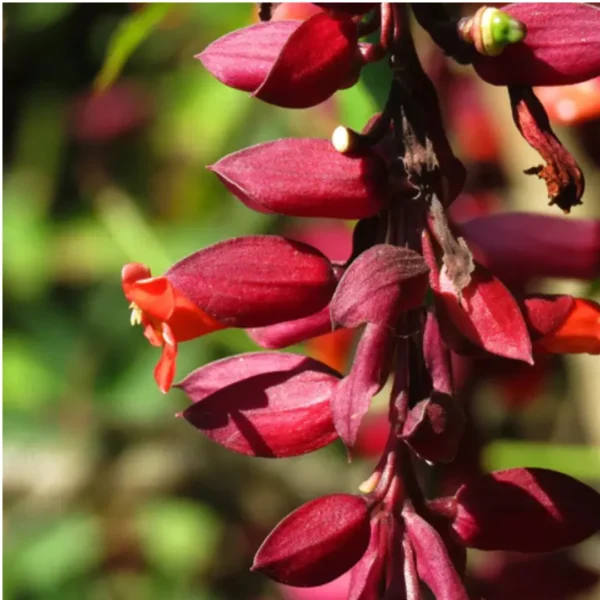
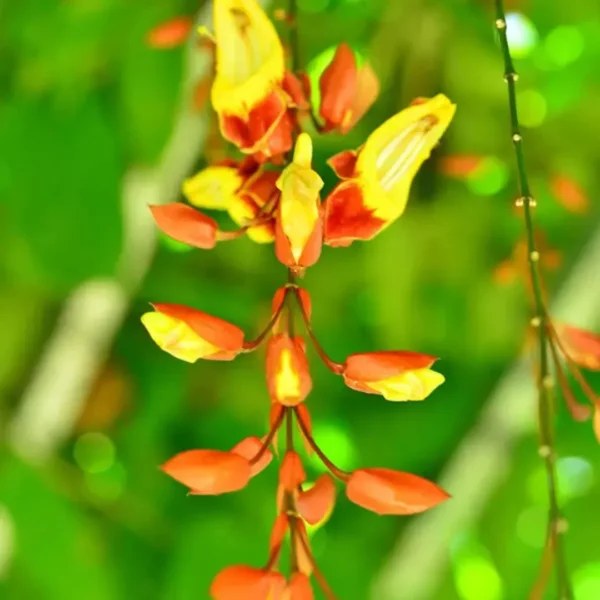
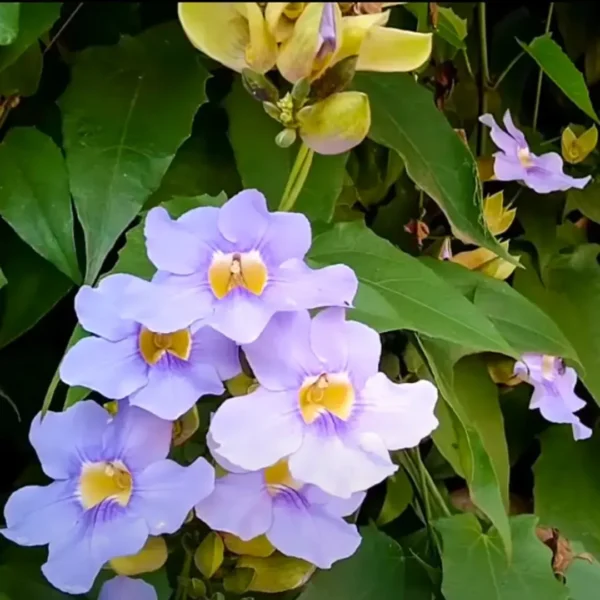
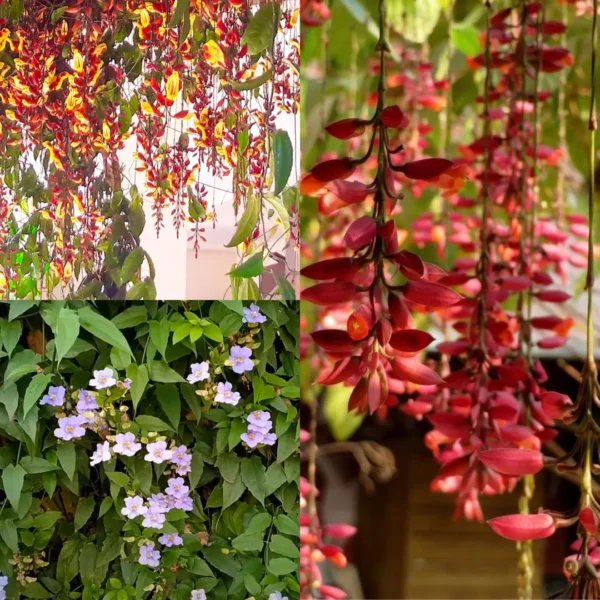
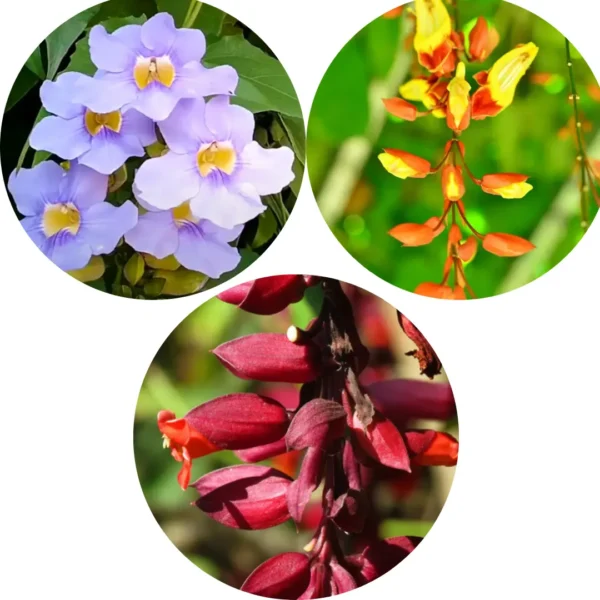
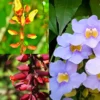
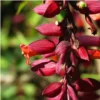
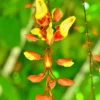
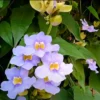
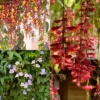
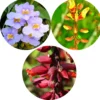
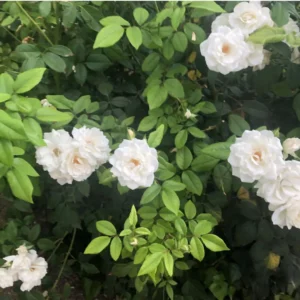
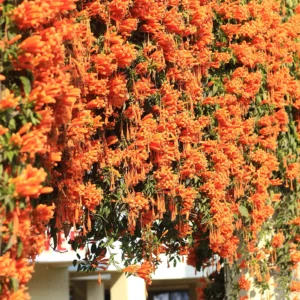
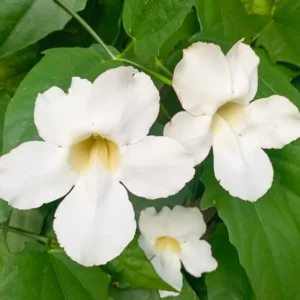
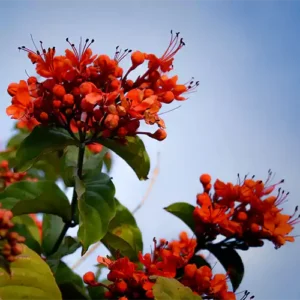
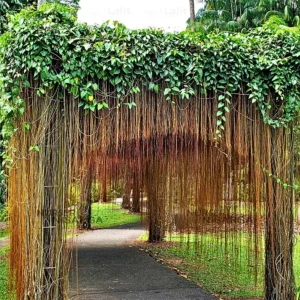
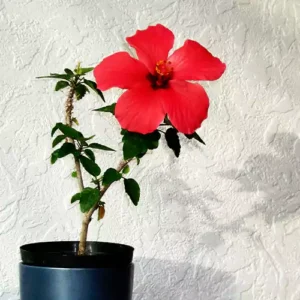
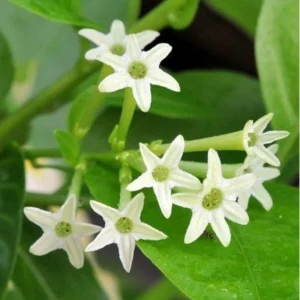
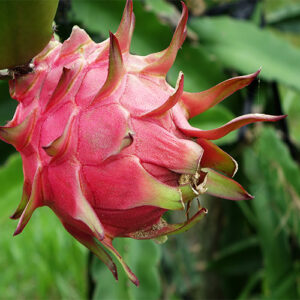
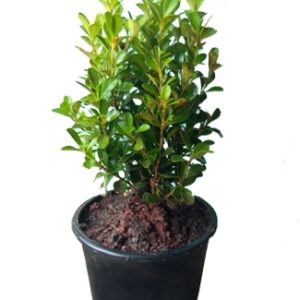
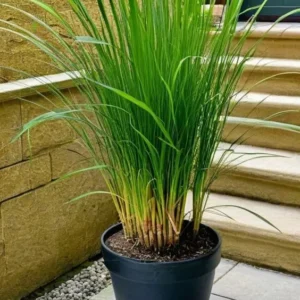
Reviews
There are no reviews yet.